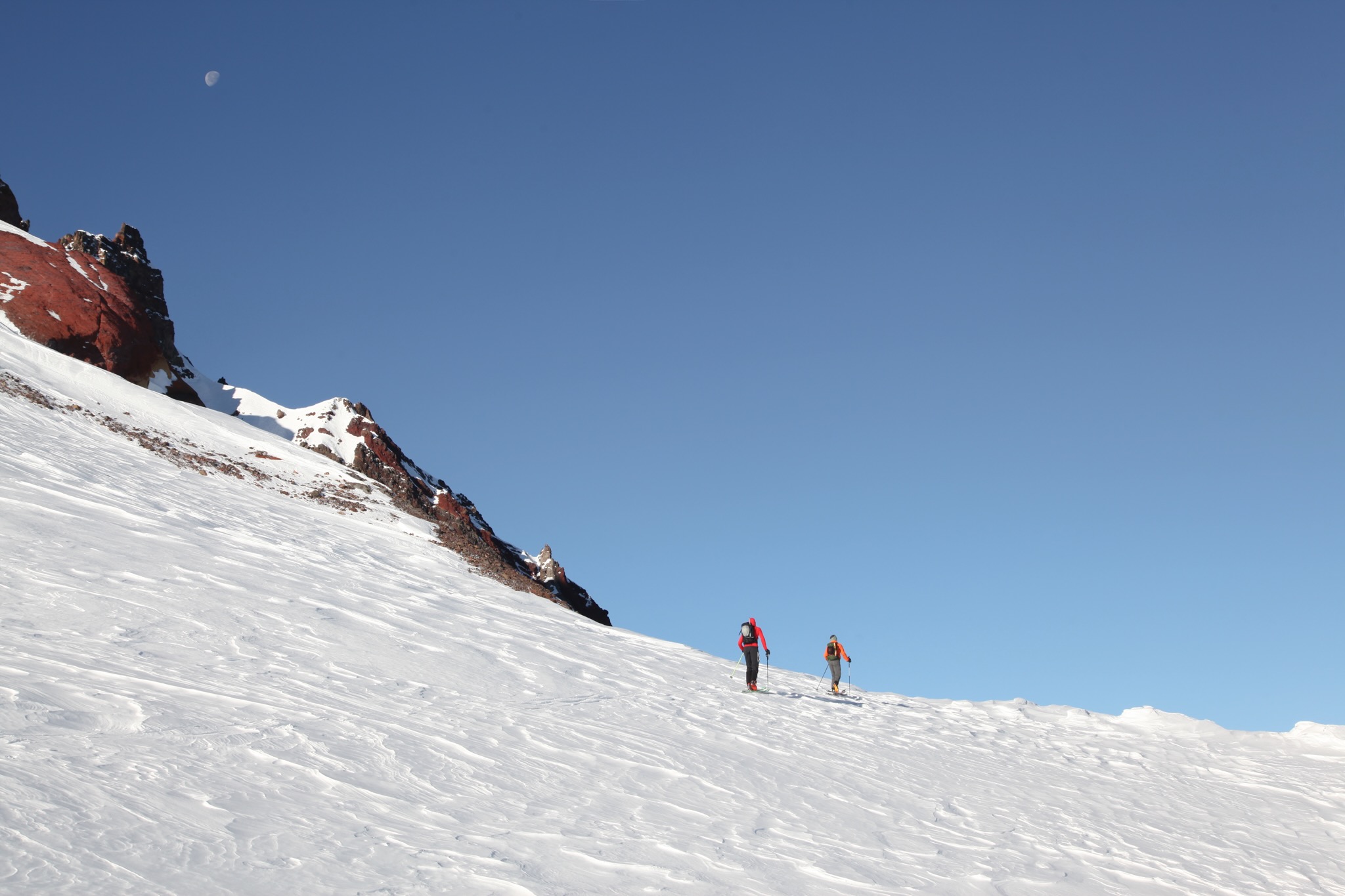The sport of skiing and its varied disciplines – Nordic, alpine, backcountry, etc – delivers blessings and curses to participants. The former comes through the anticipation and then magical arrival of snow and a landscape completely transformed into a playground, with steep slides and long, sinuous uphill tracks leading to alpine environs. The curses? Same story. You’ve gotta wait months each year for the fun to begin again, and in the meantime, many of us spend our time thinking about how to better prepare for the eventual return of Ullr’s gifts and our favorite season to arrive. And while strength training and analogous endurance sports like running and cycling can build many aspects of your complete ski fitness package, they lack the specificity: that crucial component to any sport that can elevate your performance and allow you to apply that hard-earned fitness into well-crafted turns most effectively.
To get as close to ski-specific movements as we can in the dryland months (short of plane travel to opposing hemispheres), we can use two main tools: rollerskiing and ski imitation foot drills. Rollerskiing definitely has its place, most particularly for Nordic skiing and increasingly for skimo racers. Not for the faint of heart (they lack brakes), rollerskis give you the feel of gliding and the required balance and timed force application that skiing uses, enabling you to keep those motor pathways firing throughout the year. But even more accessible (and less hazardous for most) are ski-imitation drills, notably ski walking and…wait for it…moosehoofing.






Leave a Reply
You must be logged in to post a comment.